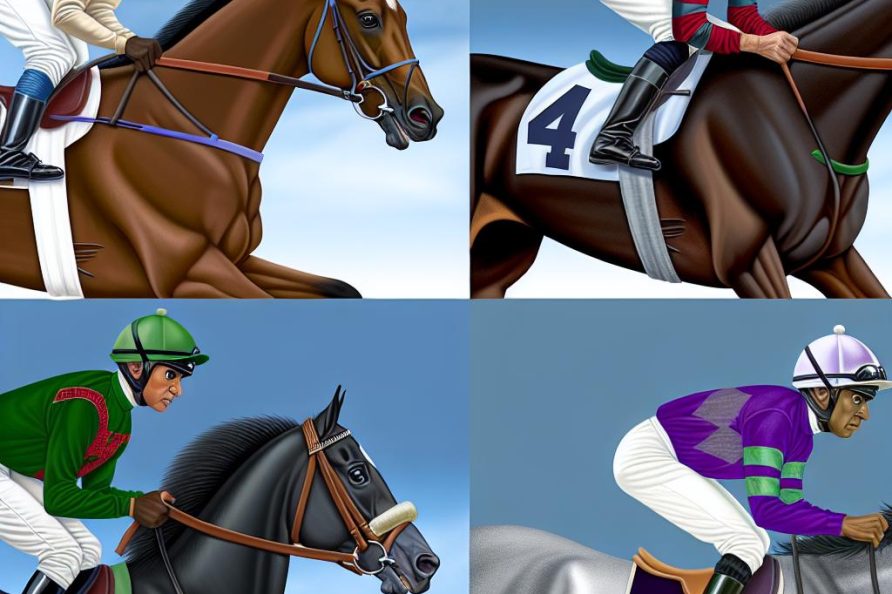The Role of Track Surfaces in Racing
Track surfaces are a critical component in the realm of competitive racing. They have a profound effect on the outcomes of events, influencing not only the performance of competitors but also the overall dynamics of the event. Whether in horse racing, motor racing, or athletics, the type of surface utilized can have a significant impact on factors such as speed, endurance, and control. This document explores the various aspects of track surfaces and how they affect different types of racing.
Types of Track Surfaces
Different racing disciplines employ a variety of track surfaces, each presenting its own unique characteristics. Understanding these surfaces is paramount to comprehend their impact on racing.
In horse racing, the primary surfaces used are dirt, turf, and synthetic tracks. Dirt tracks are renowned for their speed but can become unpredictable under wet conditions, potentially affecting the race’s outcome. Turf surfaces, typically consisting of grass, offer a softer alternative that may be easier on horses’ joints. However, they demand more maintenance and risk becoming slippery in adverse weather conditions. On the other hand, synthetic tracks, which are composed of materials like rubber and sand, strive to provide a consistent surface with reduced injury risks.
For motor racing, the common track surfaces are asphalt and concrete. Asphalt is favored for its smoothness, providing high grip levels crucial for achieving control at high speeds. Meanwhile, concrete is appreciated for its durability, withstanding the intense stresses of competitive racing.
In the realm of athletics, track surfaces predominantly feature synthetic materials such as polyurethane. These surfaces are meticulously engineered to optimize traction and ensure a consistent feel, enhancing athlete performance while minimizing injury risks.
Impact on Performance
The track surface chosen for a race can have a substantial impact on performance, influencing speed, endurance, and overall results.
In horse racing, certain horses may perform better on turf instead of dirt due to their distinct running style or hoof structure. This is often a carefully considered factor when trainers and jockeys prepare for races.
When it comes to athletics, the cushioning provided by synthetic tracks often reduces fatigue, allowing athletes to maintain higher speeds over prolonged distances. This can be a deciding factor in close competitions.
For motor racing, surface grip is paramount as it directly influences tire adhesion, thereby affecting vehicle handling. A surface with superior grip enables quicker cornering and braking, both of which are critical in determining race outcomes.
Factors Influencing Surface Choice
Selecting the most suitable track surface for a racing event involves weighing several considerations.
Weather conditions are a pivotal factor since surfaces must be robust enough to handle variations such as rain and temperature changes. Maintaining the integrity of the track surface under different weather conditions is crucial for ensuring race consistency and safety.
The cost and frequency of maintenance also play a significant role in surface choice. Some surfaces demand more upkeep, influencing the long-term economics of maintaining a racecourse.
Additionally, the environmental impact of the surface is a growing concern. Although synthetic tracks are gaining popularity due to their lower water and chemical treatment requirements, their production and disposal do have ecological implications that need to be considered.
Conclusion
In summary, understanding the role and implications of different track surfaces is essential for all stakeholders in the racing industry. Track surfaces directly influence the physical health and performance of athletes and animals while impacting the logistics and economics of racecourse maintenance. By gaining awareness and strategically selecting appropriate surfaces, those involved in racing can secure competitive advantages and establish safer, more consistent racing environments. Recognizing and responding to the nuances of track surfaces can ultimately enhance the integrity and excitement of any racing event.





